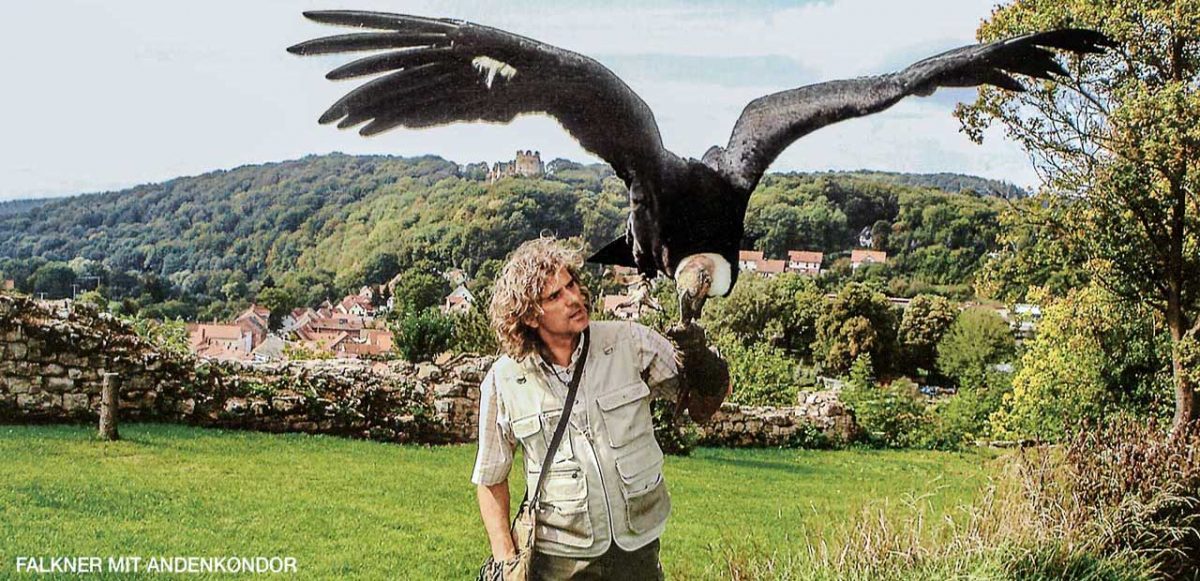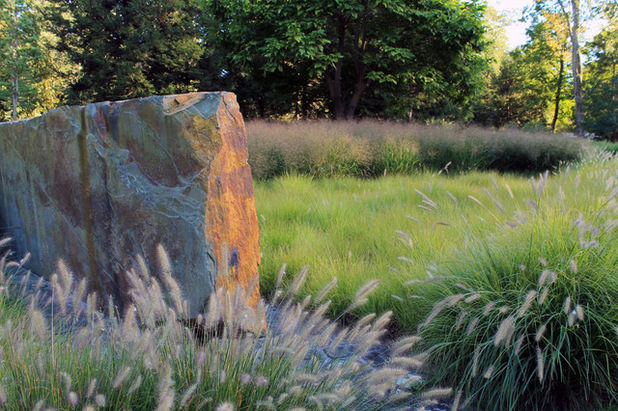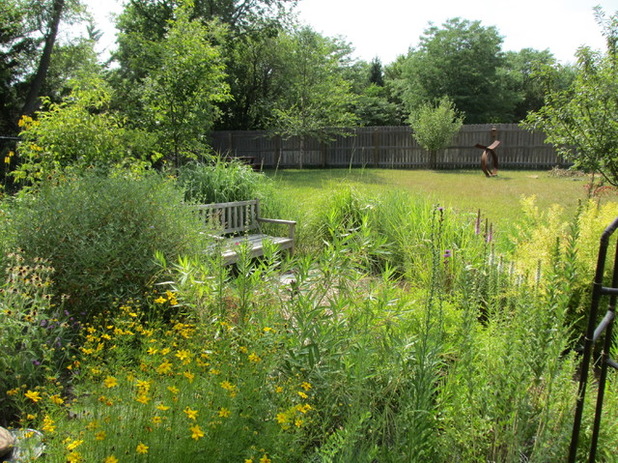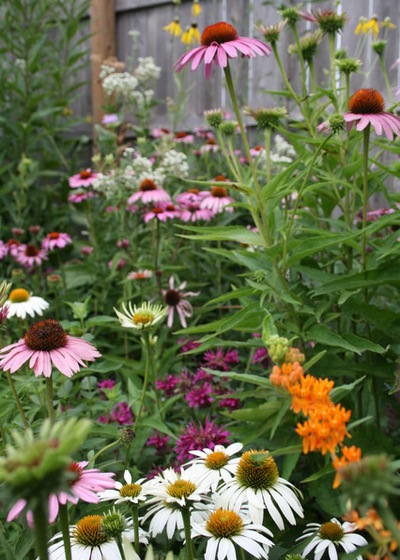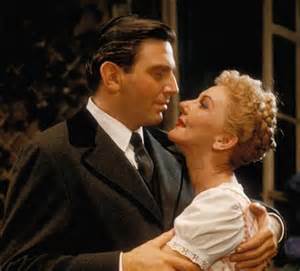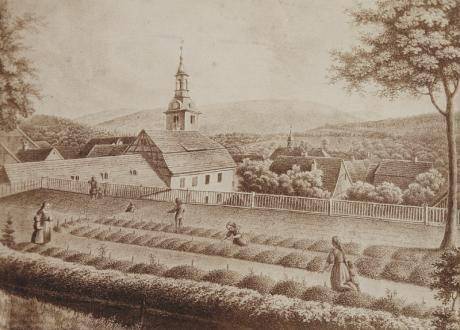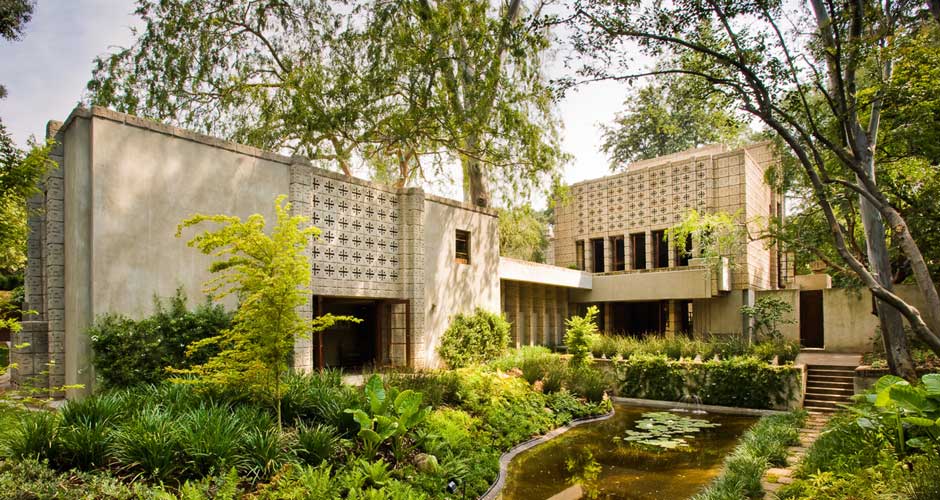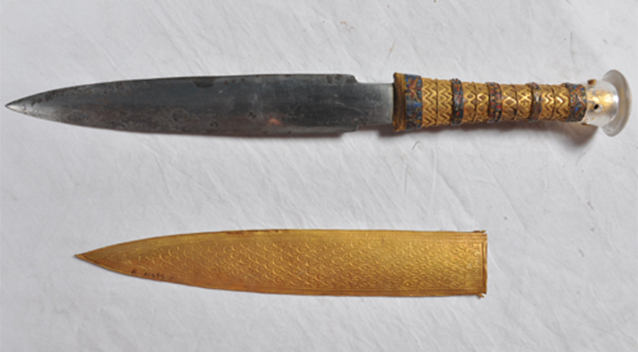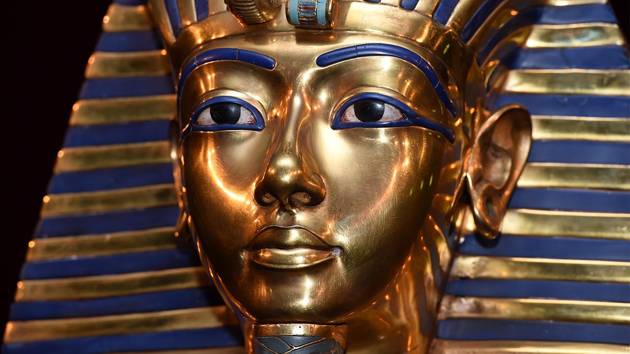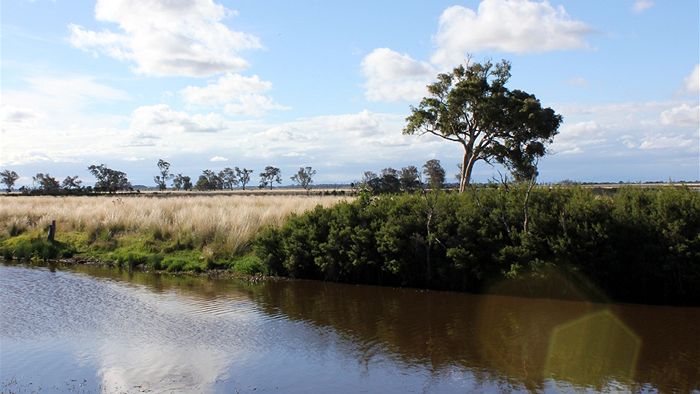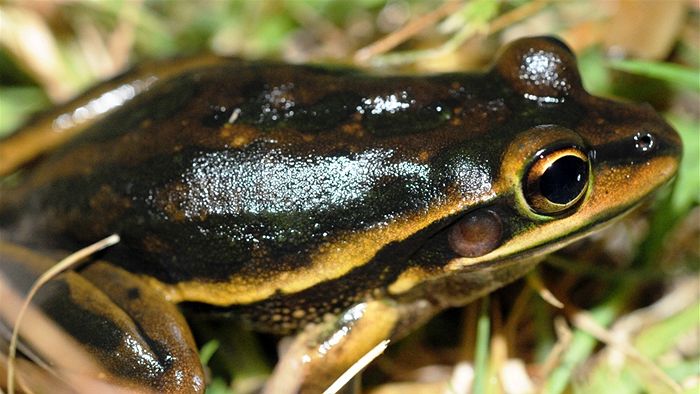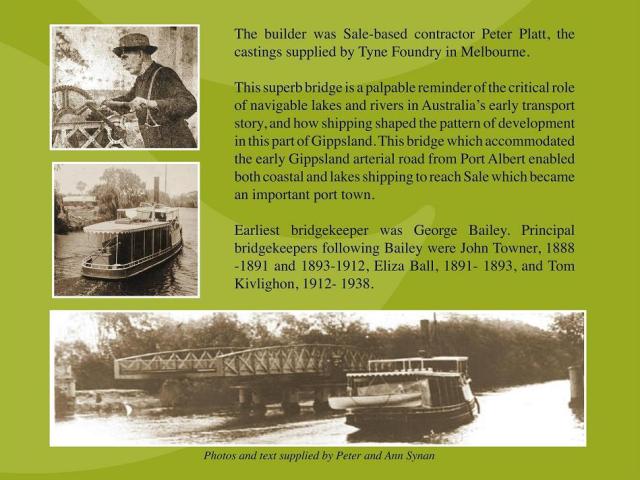“Beauty is truth, truth beauty”
Considered to be one of the greatest odes in the English language, “Ode on a Grecian Urn” was not well received by contemporary critics.
Thou still unravish’d bride of quietness,
Thou foster-child of silence and slow time,
Sylvan historian, who canst thus express
A flowery tale more sweetly than our rhyme:
What leaf-fring’d legend haunt about thy shape
Of deities or mortals, or of both,
In Tempe or the dales of Arcady?
What men or gods are these? What maidens loth?
What mad pursuit? What struggle to escape?
What pipes and timbrels? What wild ecstasy?
Heard melodies are sweet, but those unheard
Are sweeter: therefore, ye soft pipes, play on;
Not to the sensual ear, but, more endear’d,
Pipe to the spirit ditties of no tone:
Fair youth, beneath the trees, thou canst not leave
Thy song, nor ever can those trees be bare;
Bold lover, never, never canst thou kiss,
Though winning near the goal – yet, do not grieve;
She cannot fade, though thou hast not thy bliss,
For ever wilt thou love, and she be fair!
Ah, happy, happy boughs! that cannot shed
Your leaves, nor ever bid the spring adieu;
And, happy melodist, unwearied,
For ever piping songs for ever new;
More happy love! more happy, happy love!
For ever warm and still to be enjoy’d,
For ever panting, and for ever young;
All breathing human passion far above,
That leaves a heart high-sorrowful and cloy’d,
A burning forehead, and a parching tongue.
Who are these coming to the sacrifice?
To what green altar, O mysterious priest,
Lead’st thou that heifer lowing at the skies,
And all her silken flanks with garlands drest?
What little town by river or sea shore,
Or mountain-built with peaceful citadel,
Is emptied of this folk, this pious morn?
And, little town, thy streets for evermore
Will silent be; and not a soul to tell
Why thou art desolate, can e’er return.
O Attic shape! Fair attitude! with brede
Of marble men and maidens overwrought,
With forest branches and the trodden weed;
Thou, silent form, dost tease us out of thought
As doth eternity: Cold Pastoral!
When old age shall this generation waste,
Thou shalt remain, in midst of other woe
Than ours, a friend to man, to whom thou say’st,
“Beauty is truth, truth beauty,” – that is all
Ye know on earth, and all ye need to know.
Source: Ode on a Grecian Urn Poem by John Keats – Analysis
Keats was influenced by examples of existing Greek vases. In this poem, he described an ideal artistic type, rather than a specific original vase.
‘Ode on a Grecian Urn’ was one of the five odes written in 1819 by John Keats exploring his contemplations about relationships between the soul, eternity, nature, and art.
Thinking about these relationships inspired Friedrich Froebel to design play materials and activities for children, families and communities. Kindergarten was based on these relationships to provide ways for the natural activity of each child to direct individual development and learning, by doing and thinking.
After the domination of Europe by Napoleon from around 1800 to 1814, diplomats from all of the Great Powers met at the Congress of Vienna with the hope of creating a stable Europe. Students and intellectuals wanted to change the world for the better.
Liberal, progressive, fervently Christian and highly educated, Alexander I, Czar of Russia saw himself as an “enlightened despot” or a “philosopher-king” able introduce reforms in the best interest of everyone. Czar Alexander found that granting constitutions and self government to people enabled them to sometimes do things, with which he disagreed.
